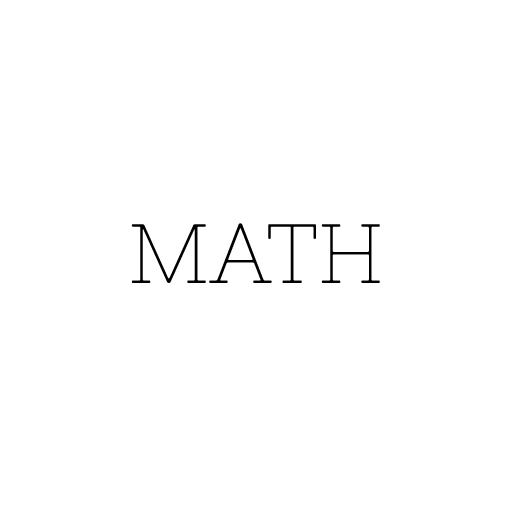
Introduction to the 4×4
Unlike the 3×3 cube, the 4×4 doesn’t have fixed centers. This means orientation matters even for the centerpieces. It also introduces the possibility of parity errors, which are situations where only one or two pieces are out of place, which does not happen in normal 3×3 cubes.
The Reduction Method
The most widely used technique to solve the 4×4 Rubik’s Cube is the ‘Reduction Method’, which breaks down the puzzle into manageable steps. The ultimate goal here is to make the 4×4 behave like a 3×3 so that we can apply familiar strategies.
-
Step 1 – Solving the Centers

Start with any color, let’s choose white. Move the 4 center pieces around so that you form a 2×2 block of white on one side. This part is pretty intuitive, you just have to make two 2×1 blocks and pair them together! Move on to the opposite side after that, which is yellow in this case. Solve the yellow centers the same way you solved the white ones while keeping the white ones intact using insertion techniques. After solving the 2 opposite centers, we have to solve the 4 remaining centers using intuitive techniques and the same insertion techniques used to solve the yellow side. Make sure you solve the centers following the 3×3 color scheme, which goes like this: White on top, with green, orange, blue, and red in clockwise order.
-
Step 2 – Pairing Up Edges

This can be tricky. The goal is to get two identical edge pieces next to each other.
Find two identical edge pieces and get them on the horizontal layer of your cube. One should be on the top side of the layer and the other on the bottom. Pair them up using Uw and Uw’.
Ensure you keep previously paired edges.
Store paired edges at the U or D layer to avoid disrupting them as you pair up other edges. After you fill up both the U and D layers, you’ll be left with 4 remaining edges. Solve them by using the flipping algorithm which goes like this – R U R’ F R’ F’ R. The trick is to put both edge pairs on either the top or bottom side of the horizontal layer, do a slice (Uw, Uw’), perform the flipping algorithm, then reverse the slice (Uw’, Uw)
By the end of this phase, the 4×4 should start looking like a scrambled 3×3.
-
Step 3 – Solve Like a 3×3

With the centers formed and edges paired, the cube can be solved like a regular 3×3. Use algorithms and methods you’d employ for the smaller cube, solving it layer by layer.
-
Step 4 – Addressing Parity Errors

Parity errors are unique situations in the 4×4 where something seems “off”. For instance, you might have just one edge flipped or two edges swapped. This can’t happen in a 3×3, but in a 4×4, it’s a result of the cube’s inner mechanics.
There are two common parity errors:
- OLL Flip Parity: One edge appears flipped. The technique for solving this parity is to face the flipped edge on the top layer and apply the algorithm Rw U2, X, Rw U2, Rw U2, Rw’ U2, Lw U2, Rw’ U2, Rw U2, Rw’ U2, Rw’.
- PLL Swap Parity: Two edges need to be swapped. Again, there’s a particular sequence of moves to correct this, which are r2, U2, r2, Uw2, r2, u2.
For both cases, it’s necessary to memorize the required algorithms and have them on your muscle memory when solving.
-
Step 5 – Practice, Practice, Practice
Like all Rubik’s Cube solutions, the key to mastery is repetition. The more you practice, the more familiar you’ll become with patterns, cases, and parities and the quicker and more efficiently you’ll be able to solve the cube.
Conclusion
The 4×4 Rubik’s Cube might seem intimidating at first, but with just a little bit of determination, it becomes very easy to learn! Try to watch heaps of example solves from various cubers so that you can learn tons of techniques on how to handle several cases.
Happy cubing!







